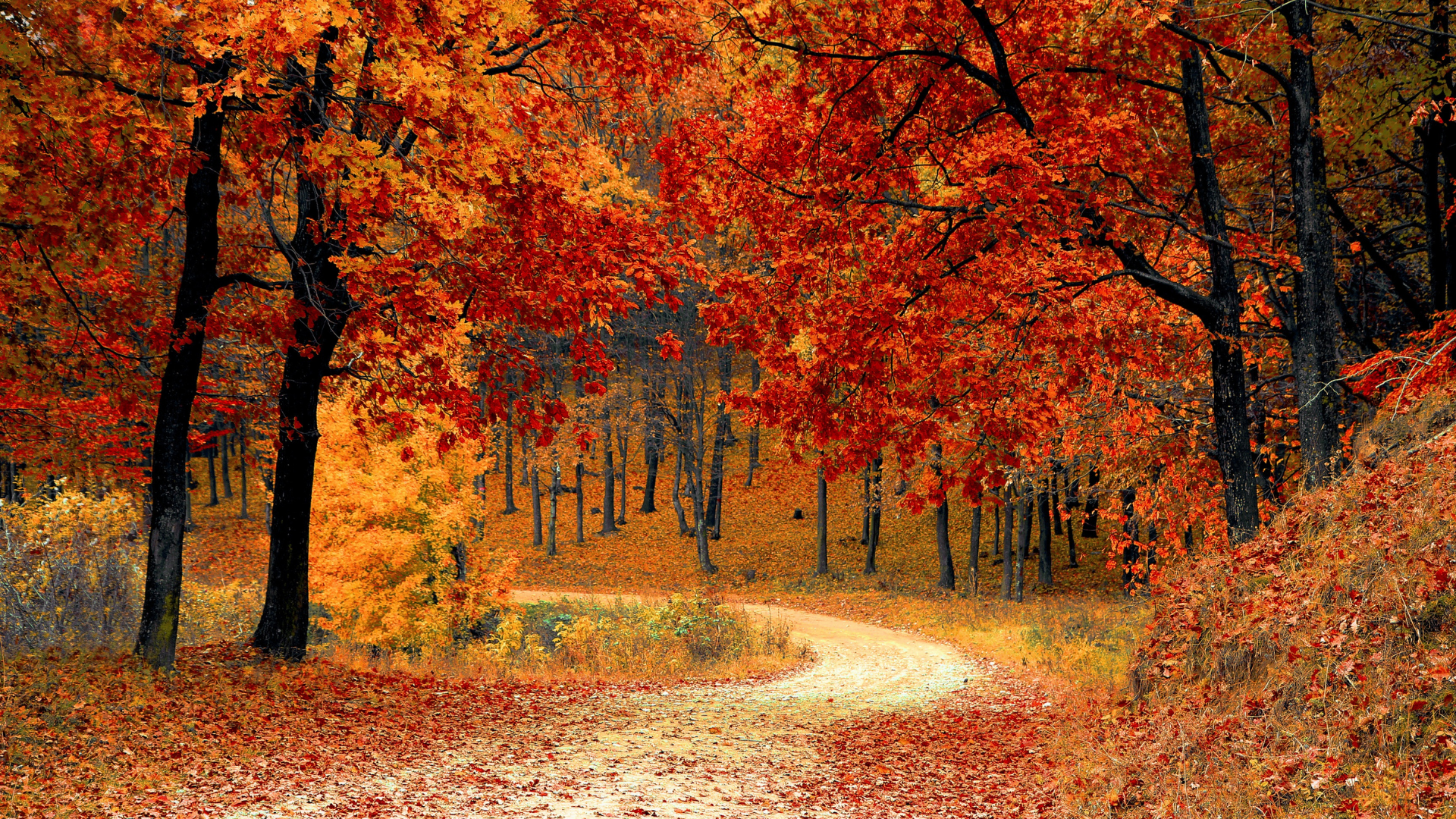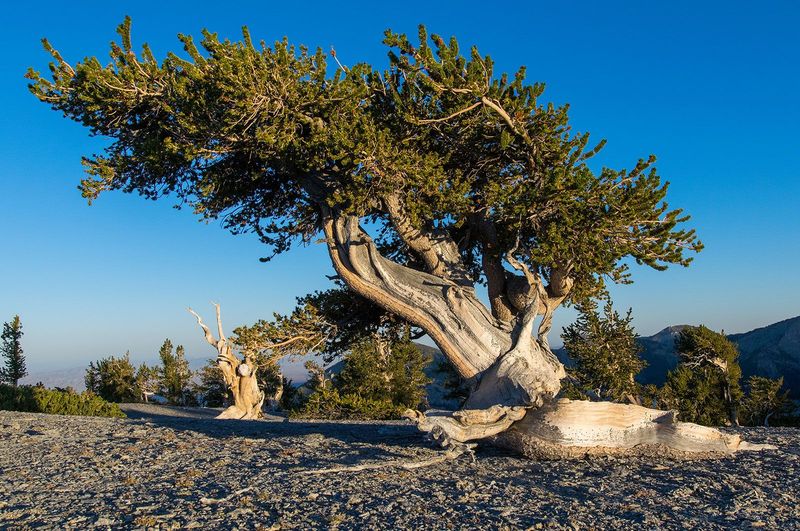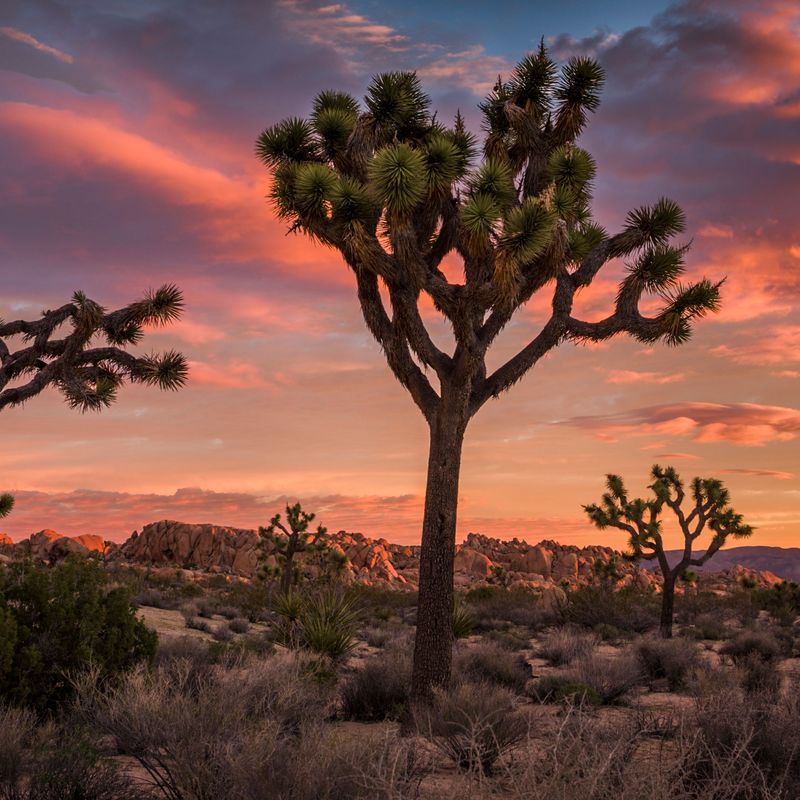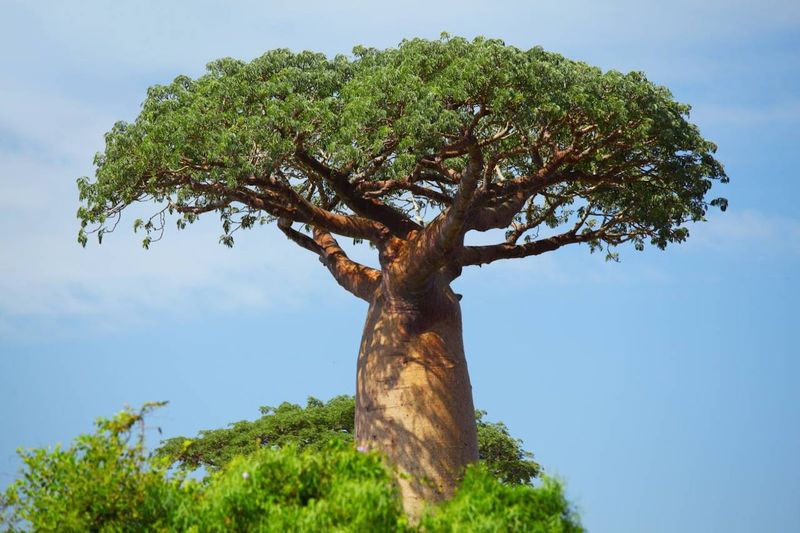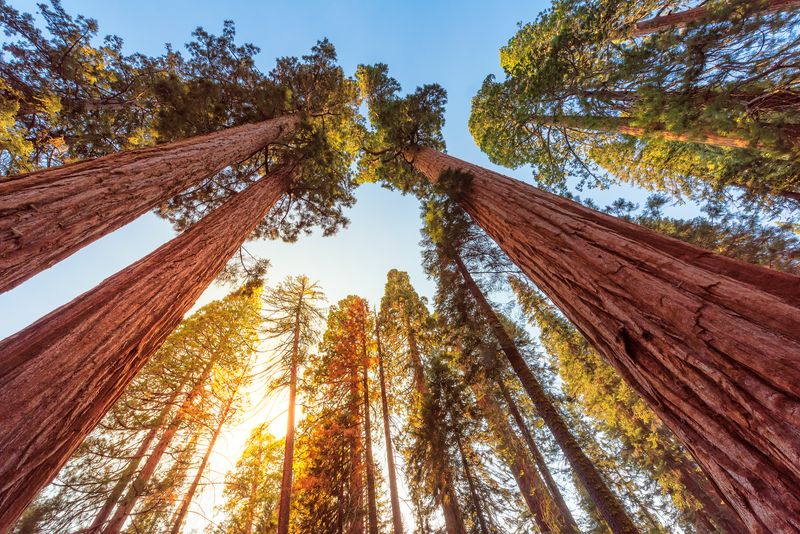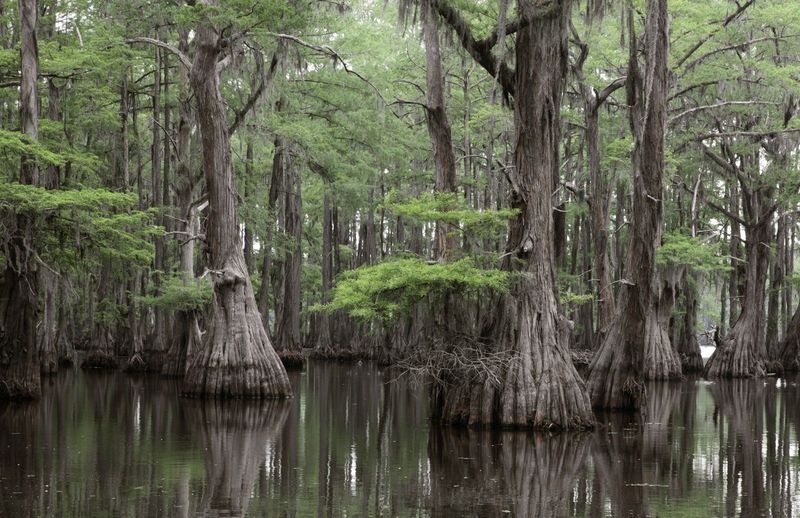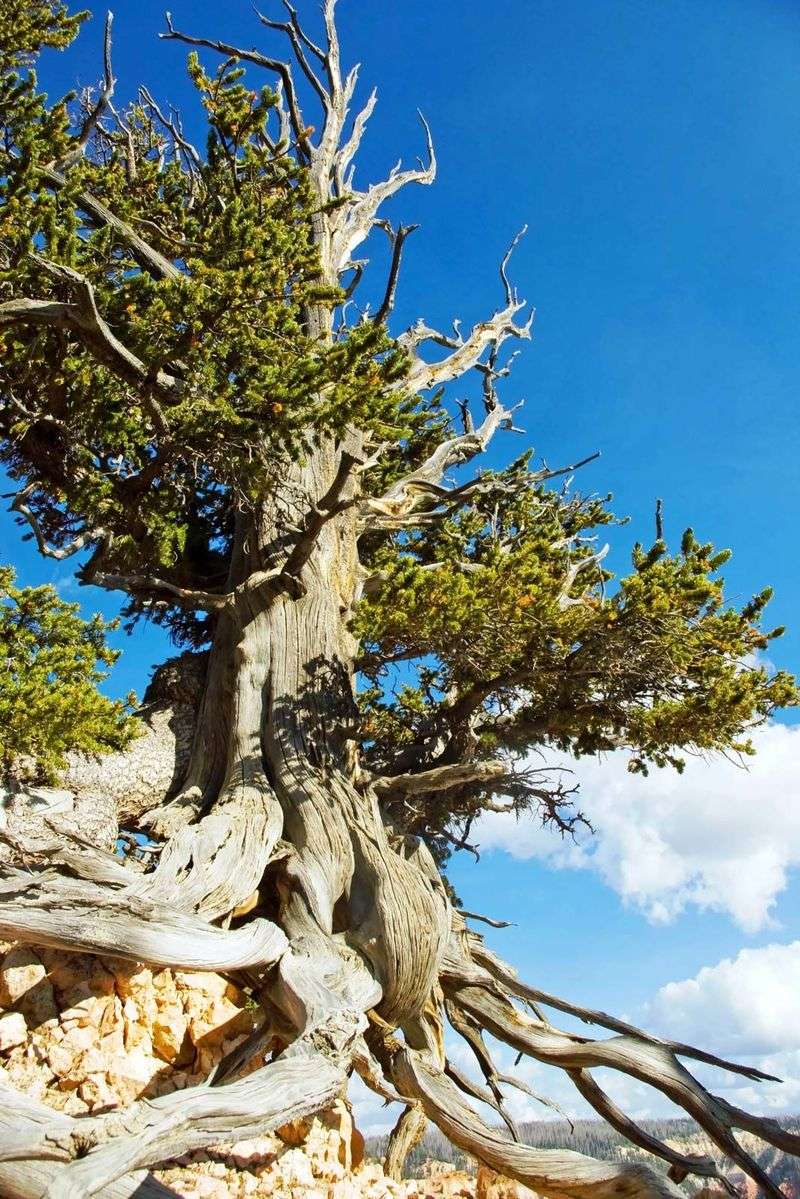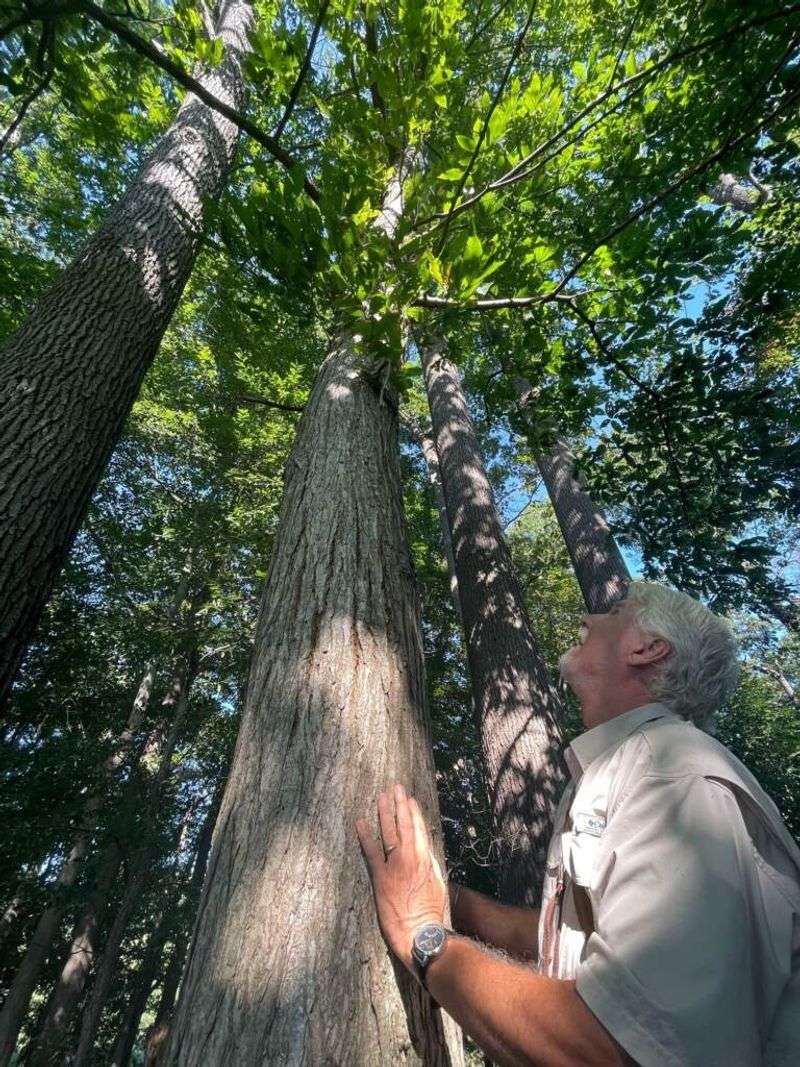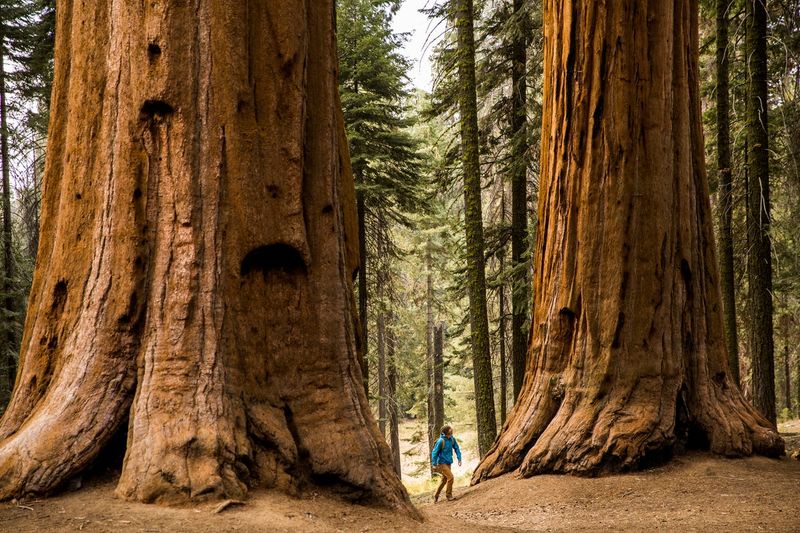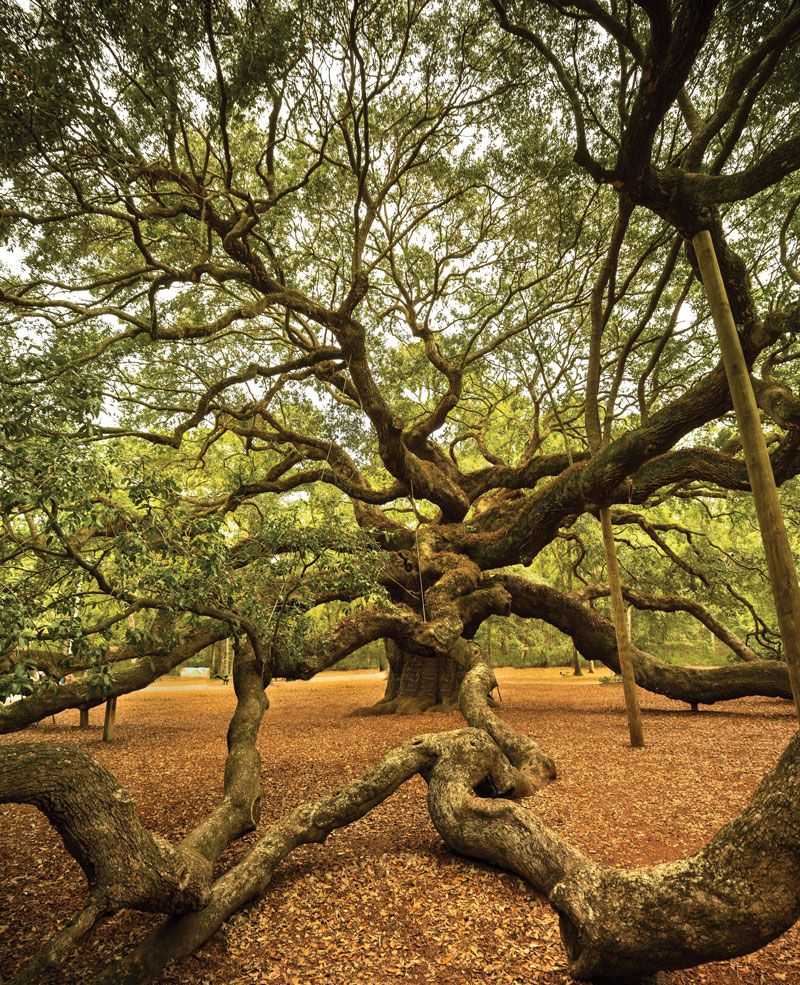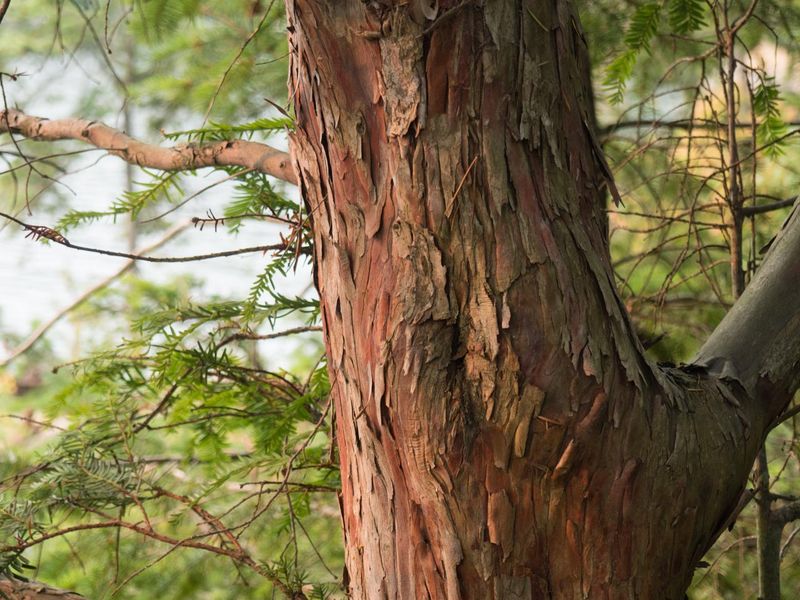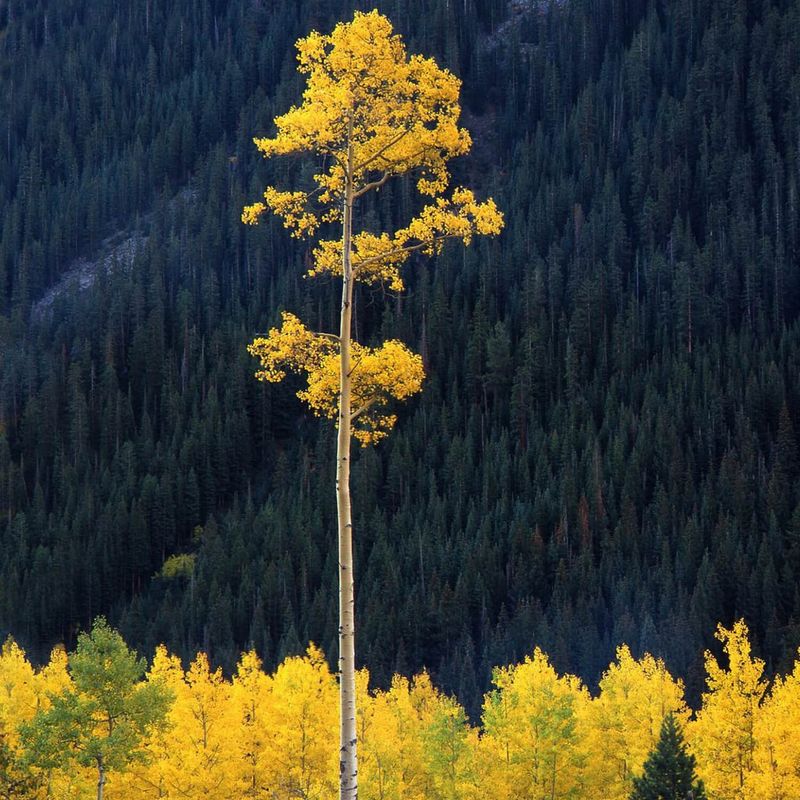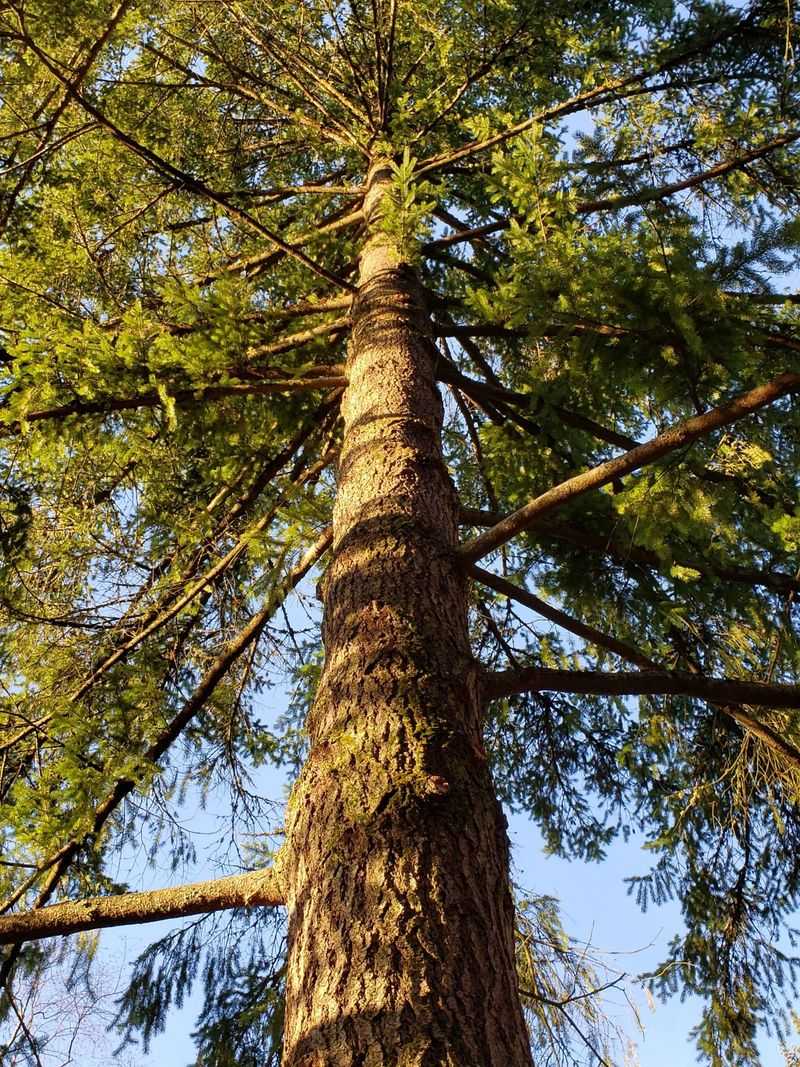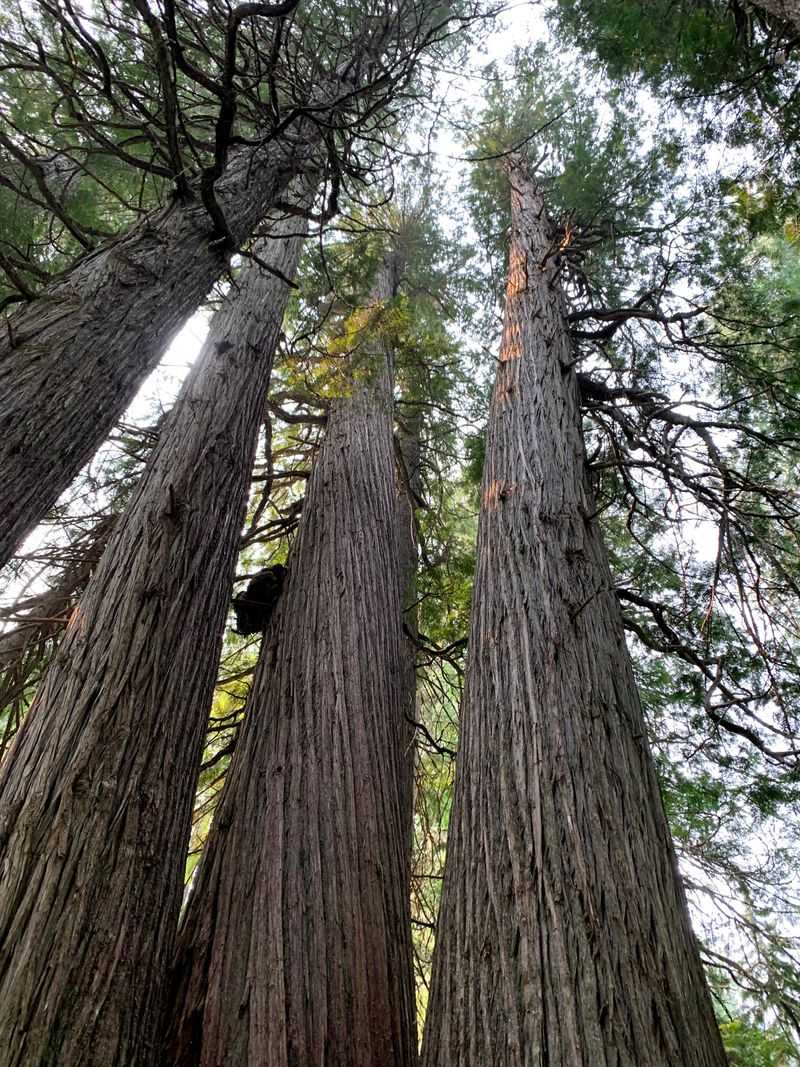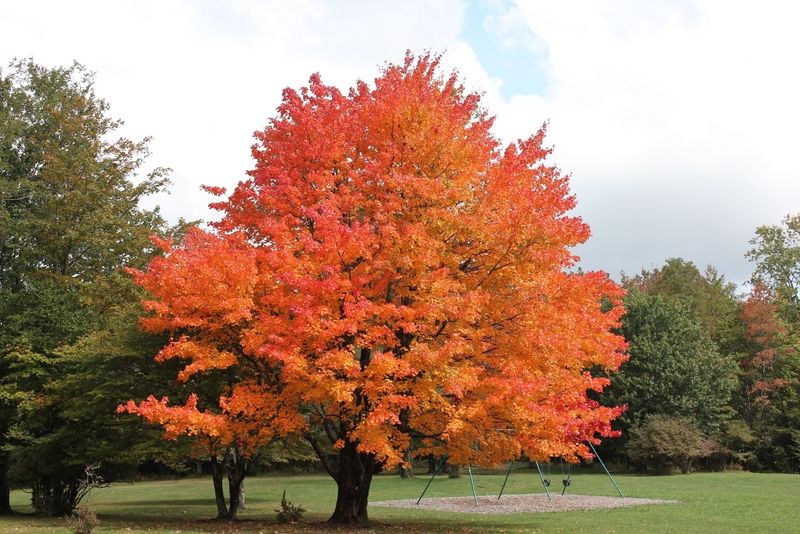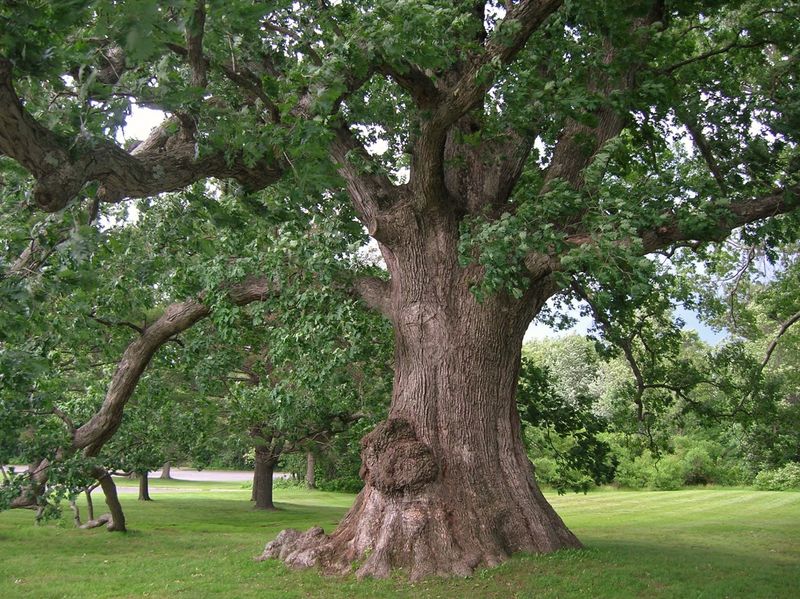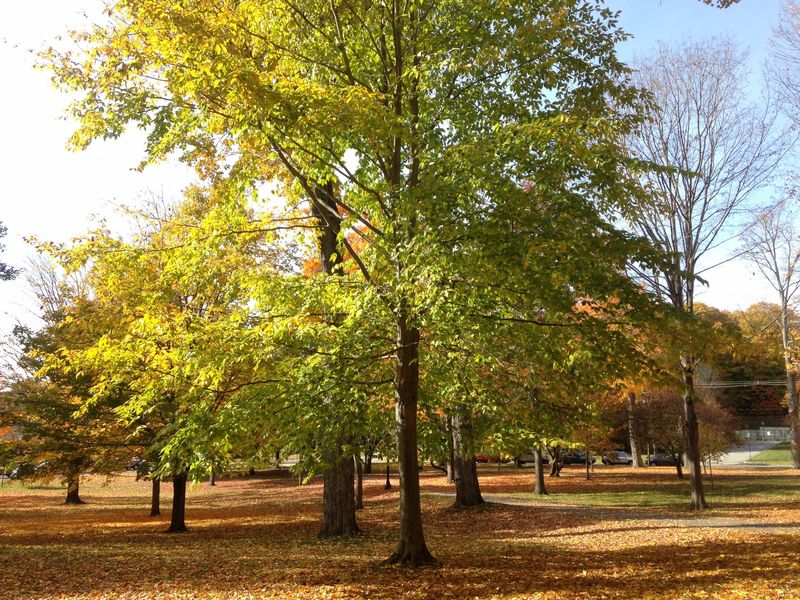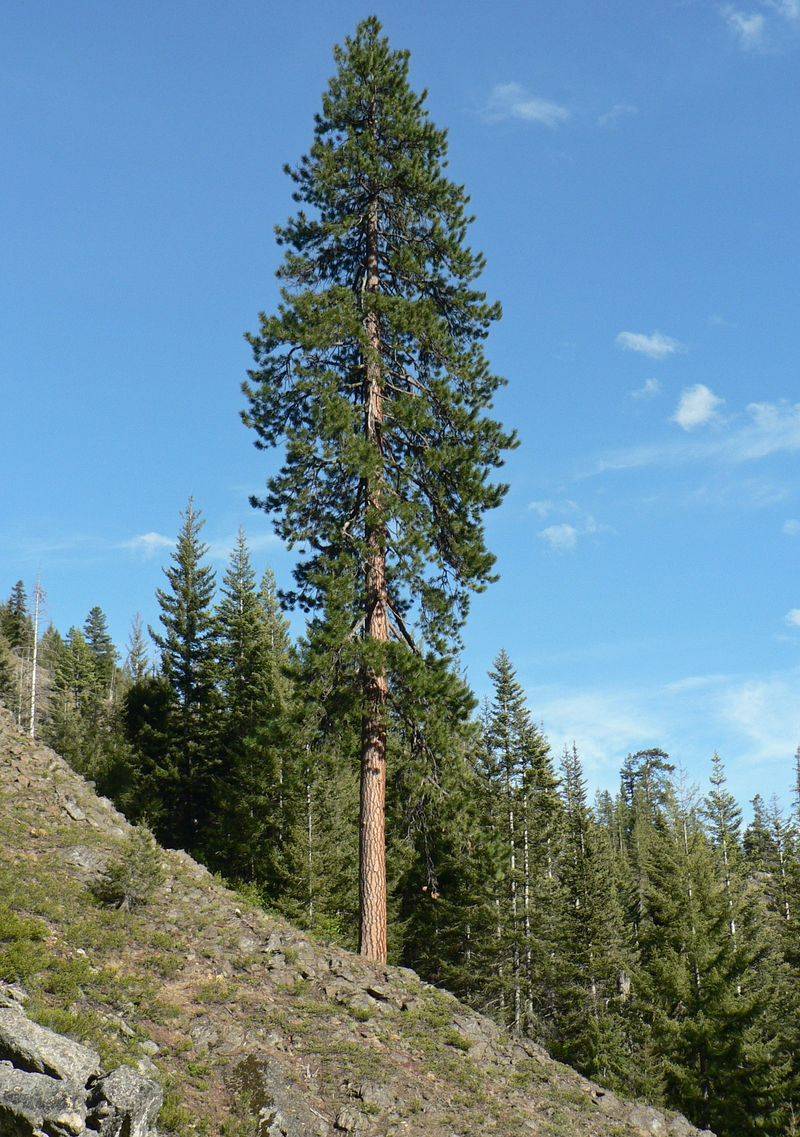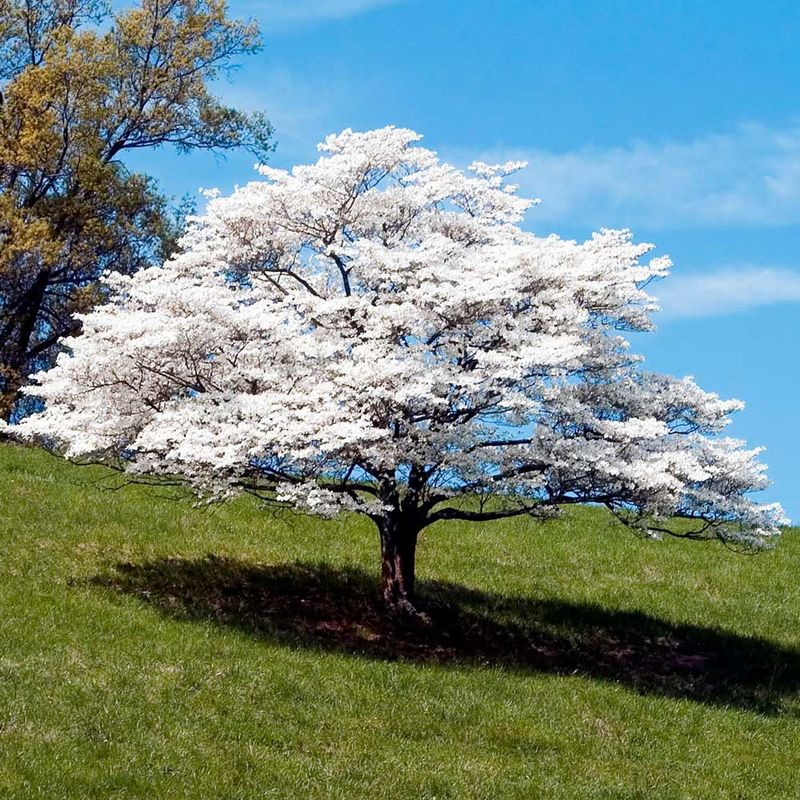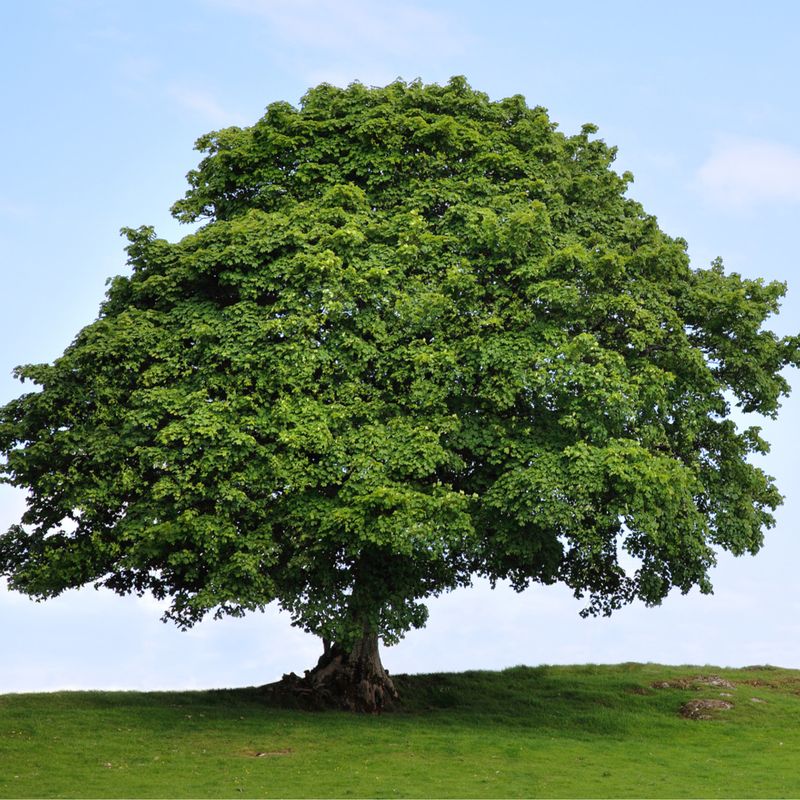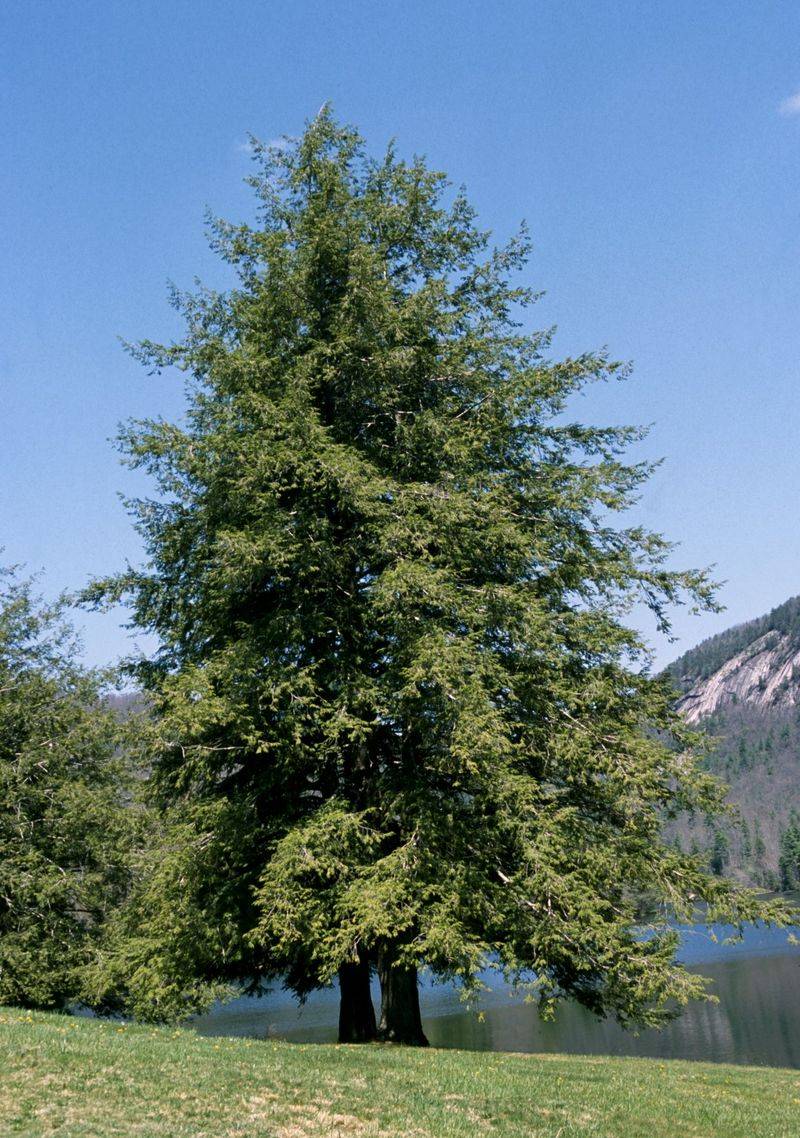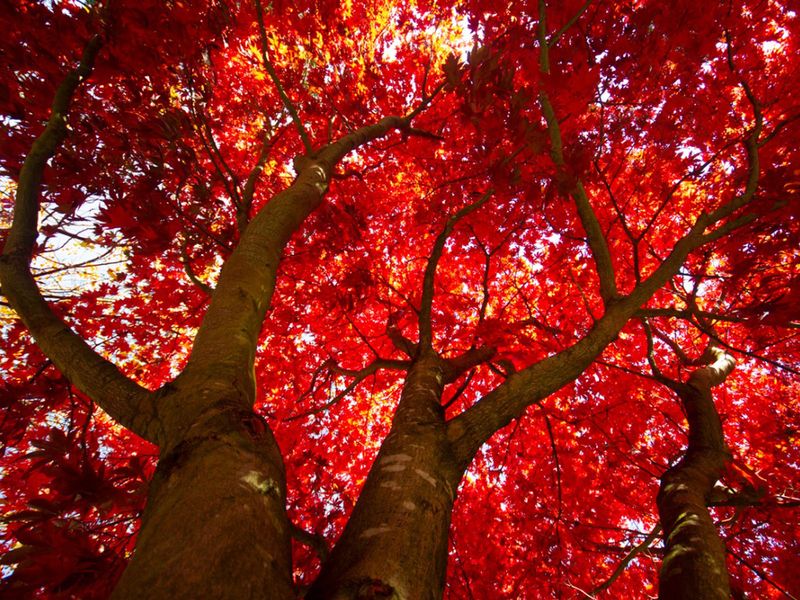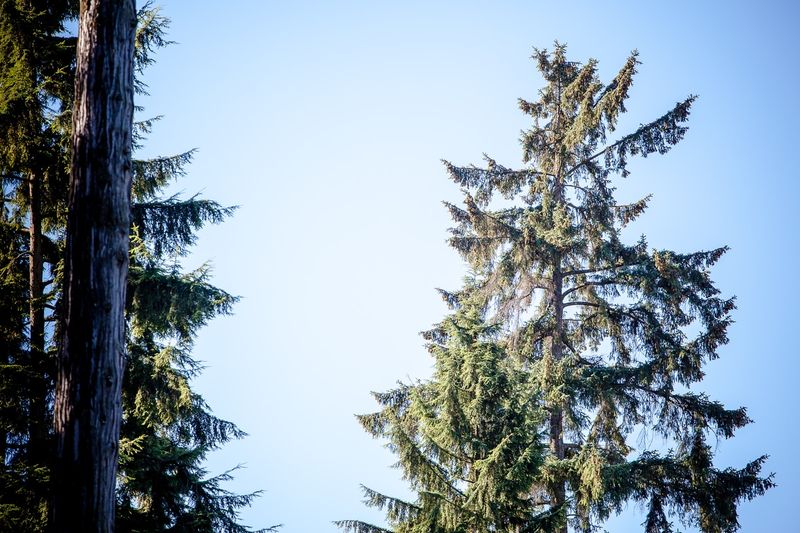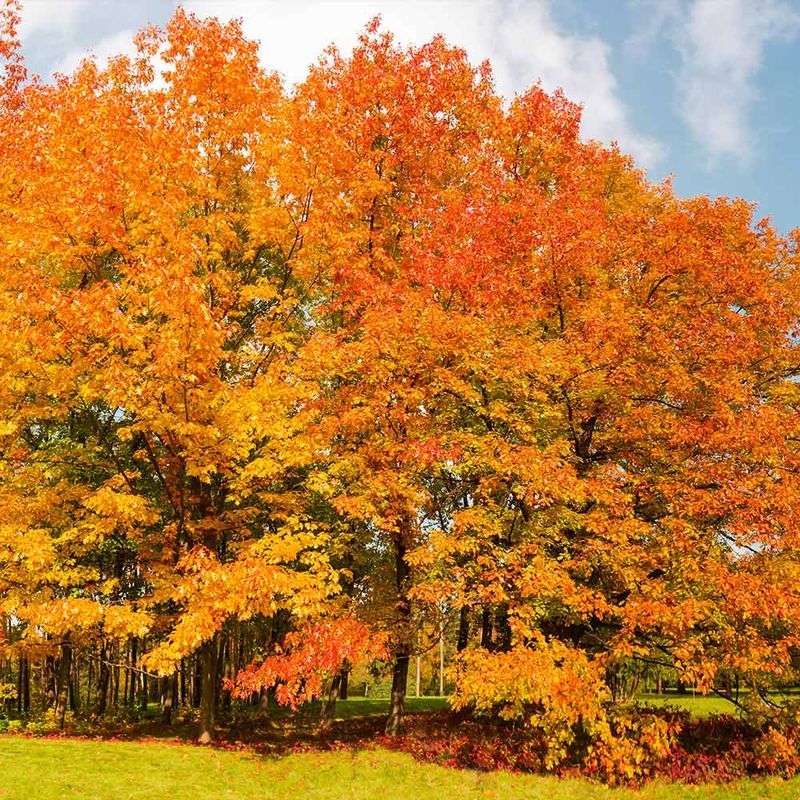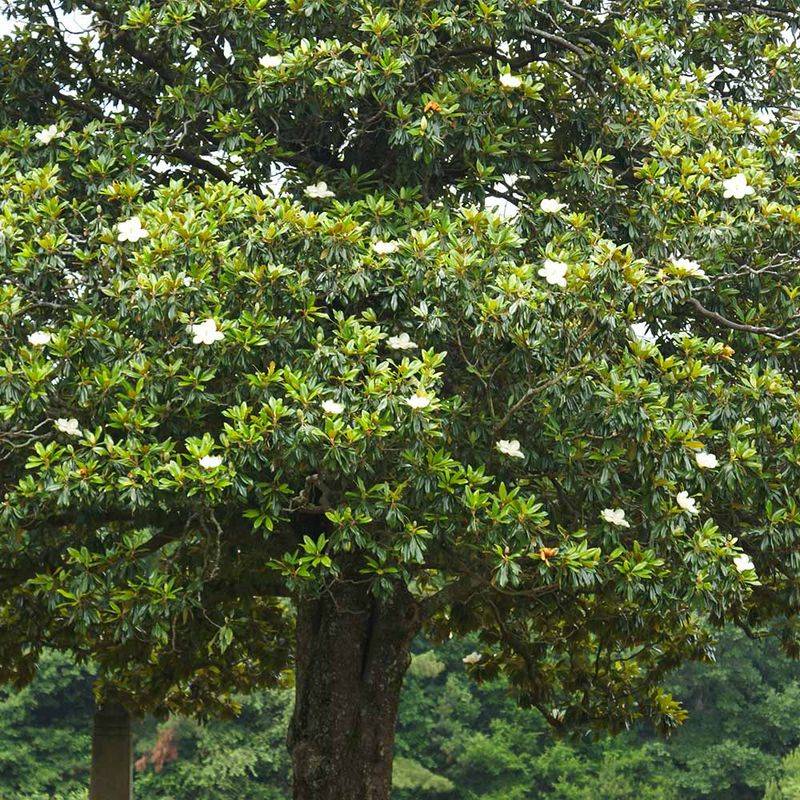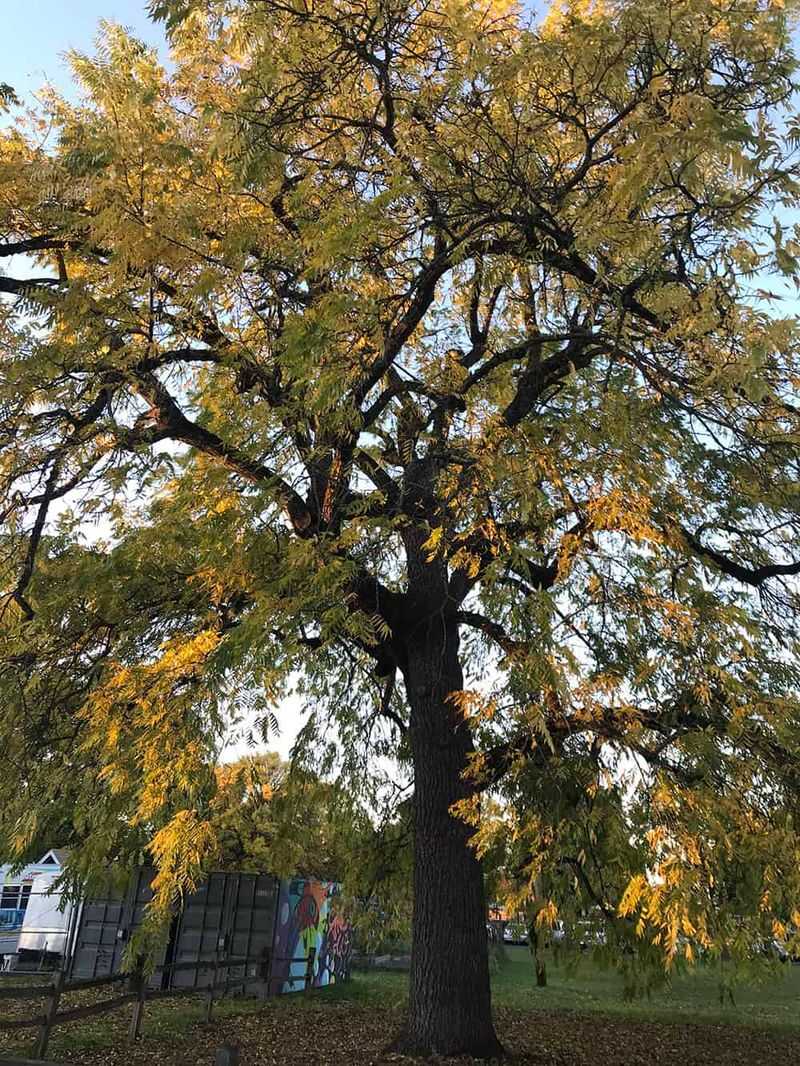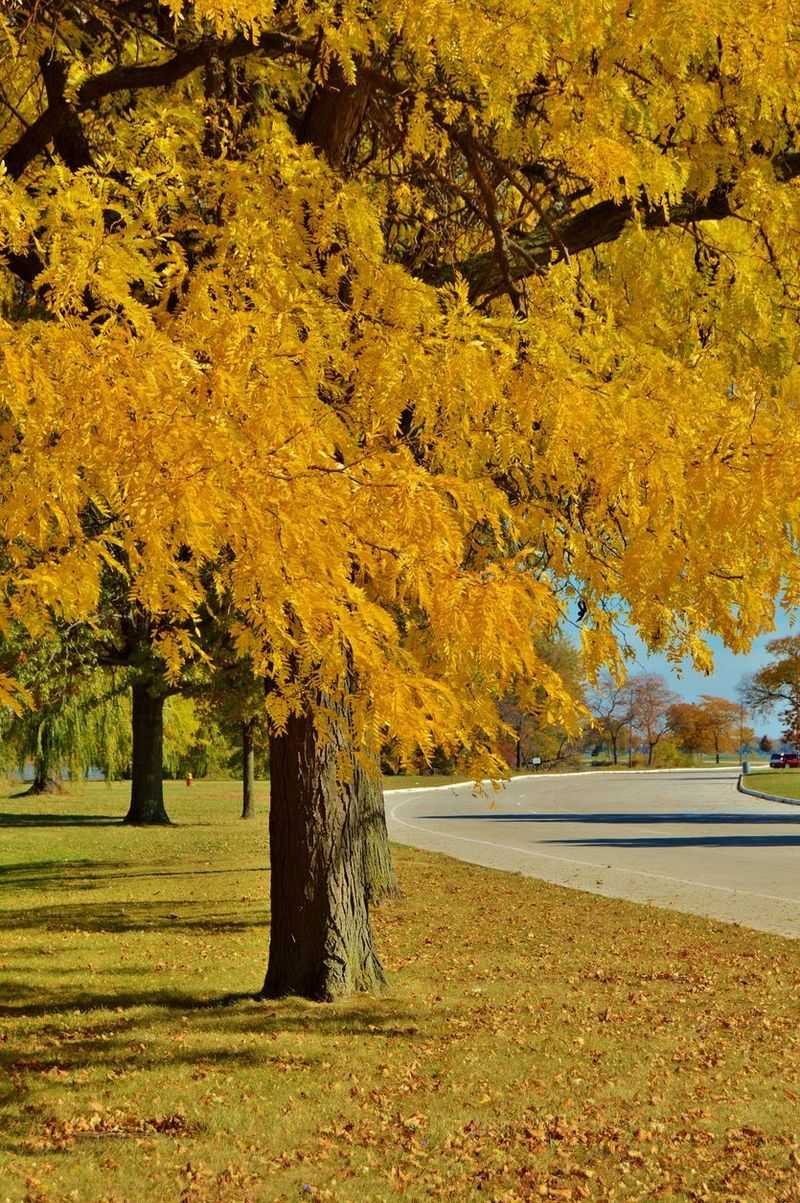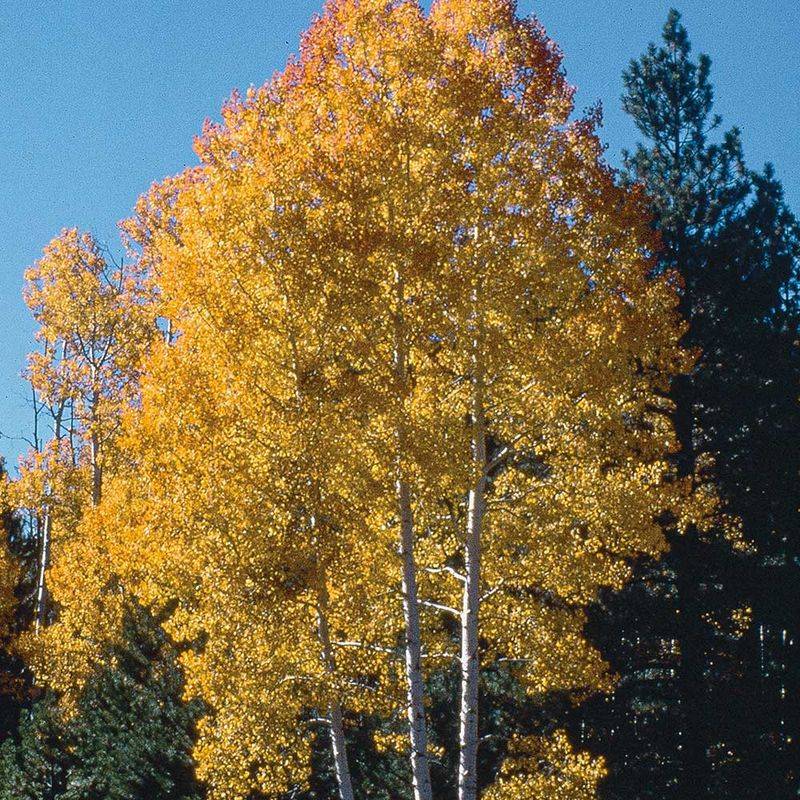Have you ever found yourself strolling through a forest, surrounded by towering trees, and thought, These guys look like they just stepped out of a storybook?
Well, grab your hiking boots (or just your coffee) because we’re about to take a wild journey across the U.S. to discover some of the most unique and downright fascinating trees you’ll ever encounter.
From the funky shapes of desert survivors to the ancient titans tucked in national parks, each tree tells a story. Some might even make you laugh. Trust me, I’ve seen a few that made me do a double-take.
1. Bristlecone Pine
Imagine a tree that has witnessed millennia. The Bristlecone Pine, found in the White Mountains of California, is one such ancient resident.
These trees have been around for over 5,000 years, making them some of the oldest living organisms on Earth. Their twisted branches tell stories of survival against harsh conditions.
Despite the rugged terrain and cold winds, the Bristlecone Pine thrives, a testament to nature’s resilience. So, if you ever visit, pause to ponder the secrets held within its ancient wood.
2. Joshua Tree
Out in the Mojave Desert, one tree stands with an almost alien appearance. The Joshua Tree is an iconic symbol of the desert landscape.
Its spiky leaves and twisted branches create a silhouette that’s both strange and fascinating. Legend has it that these trees guided Mormon pioneers, resembling the biblical figure Joshua with arms outstretched.
The Joshua Tree represents adaptation and endurance in one of the harshest climates. It’s a reminder that life can flourish even in unexpected places.
3. Baobab Tree
While not native to the U.S., the Baobab has found a home in Florida’s tropical climate. Its massive trunk and sparse branches are what make it so noticeable.
These trees often look upside down, with roots reaching for the sky. Known as the “Tree of Life,” they store water in their trunks to survive dry seasons.
A living reservoir, the Baobab provides shade and sustenance for wildlife and humans alike. Standing beside one feels like standing near an ancient guardian.
4. Redwood Tree
Think of a tree that reaches for the stars. The Redwood Tree, towering over California’s Redwood National Park, fits that description perfectly.
These giants can grow over 300 feet tall, making them some of the tallest trees in the world. Walking among them feels like stepping into a land of giants.
Their bark is thick and fire-resistant, showcasing nature’s clever defense mechanisms. These trees are not just tall, but also some of the oldest, with lifespans stretching into thousands of years.
5. Bald Cypress
During a trip to Louisiana, I wandered through swamps filled with Bald Cypress trees, and they felt like something from a ghost story.
Their “knees” rising from the water were strange and fascinating, creating an eerie yet beautiful scene, especially with Spanish moss draping over them.
Beyond their striking looks, these trees play a crucial role in the ecosystem, providing shelter for swamp creatures. It was like stepping into another world both mysterious and serene.
6. Great Basin Bristlecone Pine
High up in Nevada’s mountains, time stands still with the Great Basin Bristlecone Pine. These trees have age and beauty, showcasing twisted branches and weathered bark.
They can live for thousands of years, enduring harsh conditions with grace. Each tree is a testament to endurance and survival.
Standing among these ancient pines is like standing in the presence of wise elders. They remind us of the power of resilience and the stories carried by the wind.
7. American Chestnut
In Appalachia, a tree once reigned supreme—the American Chestnut. Known for its broad leaves and spiky burrs, it was a staple of the forest.
Sadly, a blight decimated these trees in the early 20th century, leaving only a few survivors. But efforts to revive them are underway.
This tree’s story is one of caution and hope, as biologists work to bring it back. It stands as a reminder of nature’s fragility and the importance of conservation.
8. Giant Sequoia
Picture standing in front of a living skyscraper. The Giant Sequoia, found in California’s Sequoia National Park, is truly a sight to behold.
These trees boast incredible girth, with trunks measuring over 20 feet in diameter. Some have been around for over 3,000 years.
Their presence is humbling, and walking amongst them invokes awe and wonder. They remind us of the grandeur of the natural world and our small place within it.
9. Live Oak
I’ll never forget the first time I stood beneath a Live Oak in the South. Its massive branches, draped in Spanish moss, seemed to tell stories of centuries past.
The shade it offered on a hot afternoon was a perfect respite, and its strength and endurance were palpable.
These trees have seen history unfold beneath their boughs, making them feel like timeless guardians of the land. It’s not just a tree; it’s a living piece of history.
10. Pacific Yew
Hidden within the dense forests of the Pacific Northwest, the Pacific Yew quietly thrives. Known for its reddish bark and dark needles, it’s easy to overlook.
Yet, this tree holds a secret; the bark contains taxol, a compound used in cancer treatment. This makes the Pacific Yew a silent hero in medicine.
Its unassuming appearance belies its importance, and while it may not stand out in the forest, its contributions are monumental.
11. Quaking Aspen
Among the Rocky Mountains, a symphony of leaves whispers in the wind. These are the Quaking Aspens, known for their trembling foliage.
Their white bark and golden leaves create a stunning contrast, especially in the fall. They grow in clusters, connected by a single root system.
This interconnectedness allows them to thrive as a community, sharing resources and support. The Quaking Aspen teaches us about the power of unity and cooperation.
12. Coast Douglas Fir
In the lush regions of the Pacific Northwest, a tree reaches skyward—the Coast Douglas Fir. With its trunk and towering height, it’s a forest giant.
These trees can grow over 250 feet tall, providing valuable timber and habitat. They’re a cornerstone of the forest ecosystem.
The Coast Douglas Fir’s presence is felt by all who wander beneath its branches. It’s a symbol of strength and the vital role trees play in our world.
13. Western Red Cedar
Deep in the heart of the Pacific Northwest, the Western Red Cedar stands proud. Its reddish-brown bark and lush foliage are unmistakable.
This tree has long been revered by indigenous peoples for its versatility and strength. It’s used for everything from canoes to totem poles.
The Western Red Cedar is more than just a tree; it’s a cultural icon and vital resource. Its legacy is felt throughout the region, embodying tradition and resilience.
14. Sugar Maple
Ah, the sweet allure of maple syrup! The Sugar Maple, found in New England, is famous not just for its brilliant fall colors, but also for its sugary sap.
Each autumn, its leaves turn vivid shades of red and orange, a spectacle that draws leaf-peepers from near and far. But this tree offers more than just a pretty view.
Tapping a Sugar Maple for syrup is a time-honored tradition, blending nature and culture in a delicious way. It’s a reminder of the simple joys found in nature.
15. White Oak
In the eastern United States, the White Oak stands as a symbol of strength and endurance. With its broad trunk and sprawling branches, it’s undeniably majestic.
This tree is highly valued for its strong wood, used in everything from furniture to ships. Its acorns provide food for countless wildlife species.
The White Oak’s resilience is legendary, weathering storms and time with grace. It reminds us of the enduring power of nature and the interconnectedness of life.
16. American Beech
In the deciduous forests of the eastern United States, the American Beech stands with grace. Its smooth gray bark and golden autumn leaves are a sight to behold.
These trees are known for their longevity, often living for centuries. Their nuts are a favorite of wildlife, providing sustenance in the fall.
The American Beech is a testament to elegance and endurance. It teaches us about the beauty of patience and the rewards of a life well-lived.
17. Ponderosa Pine
Out west, the scent of butterscotch wafts through the air, a signature of the Ponderosa Pine. These trees are known for their straight trunks and long needles.
The bark gives off a sweet aroma in the sun, a unique characteristic of this species. They’re a vital part of the forest, providing habitat and resources.
The Ponderosa Pine serves as a reminder that sometimes, the greatest wonders lie in the simplest pleasures. Just take a sniff and see.
18. Flowering Dogwood
One of my favorite signs of spring is the flowering Dogwood. I remember seeing one in full bloom in the southeastern U.S., with its white and pink flowers lighting up the landscape.
It’s not just a pretty face though. This tree also supports pollinators, making it a win-win for both beauty and function.
Every time those blossoms appear, it’s like nature’s way of celebrating the season. The Dogwood is proof that beauty and purpose can go hand in hand in the garden.
19. American Sycamore
Along the riverbanks of the eastern United States, the American Sycamore stands tall. Its mottled bark and broad leaves are distinct features.
These trees are often found near water, growing in wet conditions. Their bark peels away in patches, revealing a stunning mosaic beneath.
The American Sycamore is a master of adaptation, able to survive in diverse environments. It reminds us of the beauty found in change and the art of letting go.
20. Eastern Hemlock
In the shady confines of the Appalachian Mountains, the Eastern Hemlock finds its home. Known for its foliage and small cones, it’s a tree of quiet elegance.
These trees are crucial for forest ecology, providing habitat and cool environments for many species. Yet, they face threats from invasive pests.
The Eastern Hemlock reminds us of the balance in nature and the importance of protecting our natural resources. It’s a silent sentinel in the forest.
21. Red Maple
Autumn in the northeastern United States wouldn’t be the same without the Red Maple. Its red leaves create a striking display in the fall.
These trees are incredibly adaptable, growing in a variety of soil types and conditions. They’re often used in landscaping for their beauty and versatility.
The Red Maple signals change and new beginnings. It encourages us to embrace transformation and find beauty in every season of life.
22. Sitka Spruce
On the rugged coastlines of Alaska, the Sitka Spruce stands resilient. Known for its tall stature and dense needles, it’s a tree that thrives in harsh conditions.
This tree provides important habitat for coastal wildlife and is prized for its flexible wood. It’s a crucial part of the forest ecosystem.
The Sitka Spruce teaches us about resilience and the ability to grow strong in the face of adversity. It’s a testament to nature’s enduring spirit.
23. Northern Red Oak
In the northeastern woodlands, the Northern Red Oak stands with authority. Its strong trunk and fiery autumn leaves command attention.
These trees are valued for their timber and play an important role in the ecosystem, providing food and shelter for wildlife. They’re a staple of the forest.
The Northern Red Oak is a reminder of the strength found in community and the balance of give and take. It stands as a guardian of the forest.
24. Southern Magnolia
The Southern Magnolia is a true icon of the southeastern U.S. Seeing its large white blooms fill the air with a sweet fragrance is like a scene from a movie.
I’ve always loved how its evergreen leaves make it a year-round beauty. These trees aren’t just eye-catching, they’re a symbol of Southern grace and charm.
Whether in gardens or landscapes, the Southern Magnolia adds elegance to any setting, reminding us that nature has its own way of creating timeless beauty.
25. Black Walnut
In the heart of the central United States, the Black Walnut stands as a provider. With its broad leaves and hanging walnuts, it’s both functional and beautiful.
These trees are treasured for their rich wood and nutritious nuts. They contribute to both local economies and ecosystems.
The Black Walnut teaches us about the bounty of nature and the importance of sustainable harvesting. It’s a tree that nourishes both body and soul.
26. Honey Locust
In the Midwest, the Honey Locust brings a touch of grace with its leaves and twisting seed pods. It’s a tree full of surprises.
These trees are adaptable and often used in urban landscaping for their shade and ornamental value. They support wildlife with their nutritious pods.
The Honey Locust is a reminder of adaptability and the unexpected joys found in nature. It’s a tree that invites exploration and discovery.
27. Trembling Aspen
Up north, the Trembling Aspen whispers tales of the wind. Known for its white bark and fluttering leaves, it’s a tree that’s always in motion.
These trees are connected by shared roots, creating vast networks of life. They change colors with the seasons, providing a stunning visual display.
The Trembling Aspen is a symbol of connection and transformation. It reminds us of the unseen bonds that tie us together and the beauty of change.

